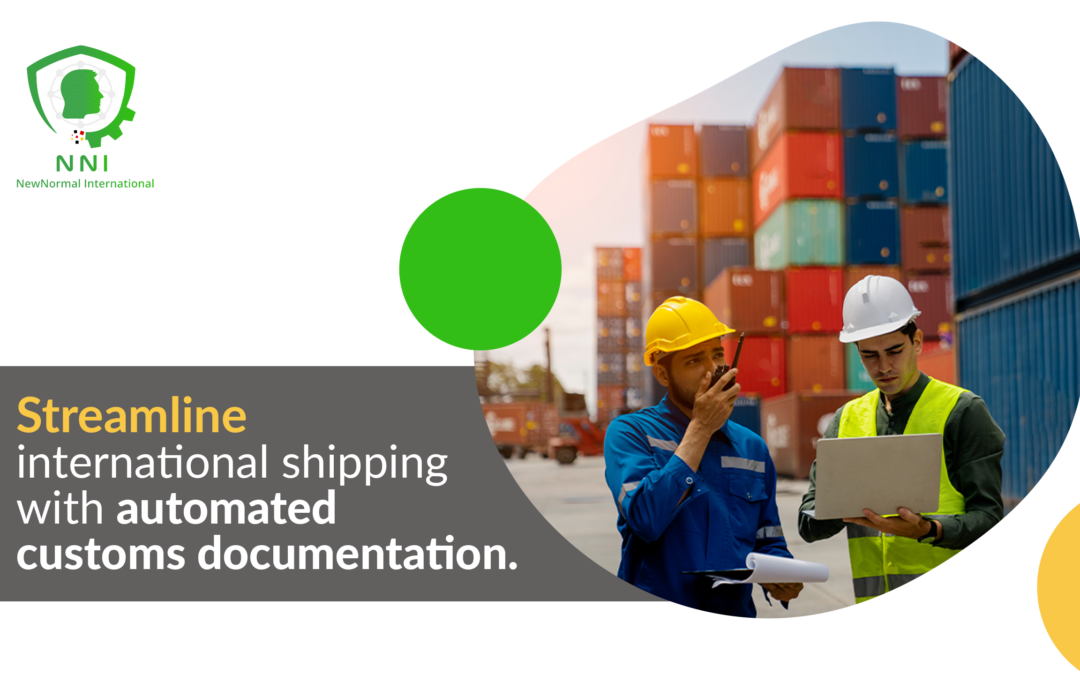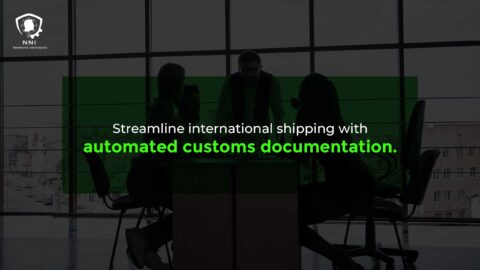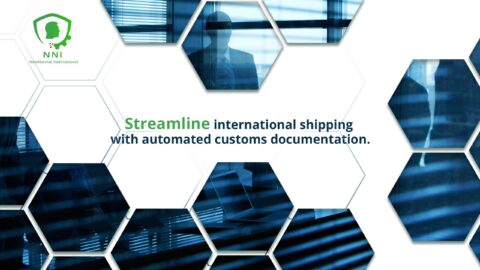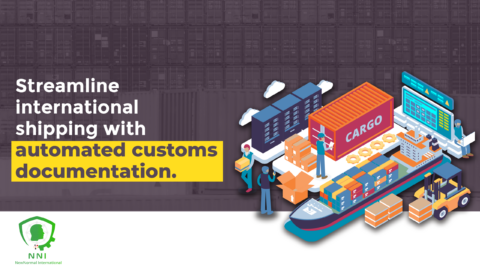Enhancing Global Trade Efficiency through Automation
In the context of global business operations, the statement “Streamline international shipping with Automated Customs Documentation” captures a crucial aspect of modern trade. For business executives, mid-level managers, and entrepreneurs, leveraging automation in customs documentation is vital for enhancing efficiency, reducing errors, and accelerating international shipping processes.
The Impact of Automated Customs Documentation on Change Management
International shipping isn’t just about navigating oceans; it’s about navigating a labyrinth of paperwork, bureaucracy, and the occasional rogue wave of unexpected fees. But on the horizon, a beacon shines – automated customs documentation, a technological wave promising smooth sailing through the once-murky waters of international trade. Yet, like any uncharted course, this shift demands effective change management to guide your organization from paper trails and rubber stamps to a streamlined, digital voyage.
Imagine your current shipping process as a rickety, sail-powered vessel, laden with mountains of paperwork and manned by a crew accustomed to the old ways. Automated customs documentation is like a sleek, data-driven yacht, promising quicker journeys, smoother crossings, and a clear view of the regulatory landscape. But to reach this digital harbor, it takes more than just hoisting the new sails. You need:
A tech-savvy crew: Upskilling your team is paramount. Customs officers transform into data navigators, familiarizing themselves with the new digital tools and workflows that guide shipments through the automated gates.
A cultural reevaluation: Embrace the winds of change. Cultivate a spirit of exploration and openness to new digital approaches, encouraging your team to leave their landlocked anxieties behind and trust the automated currents.
A collaborative compass: Partner with technology providers and customs authorities to chart the course. Continuous communication and feedback ensure a smooth transition, ironing out any bumps in the digital highway and optimizing the automated journey for all.
But the benefits of this automated voyage extend far beyond mere efficiency:
Reduced errors and faster clearance: Fewer typos and streamlined processes mean smoother customs processing, minimizing delays and costly demurrage charges.
Enhanced transparency and control: Real-time data gives you a bird’s-eye view of your shipments, empowering you to track their progress, anticipate potential issues, and make informed decisions with every turn of the engine.
A future-proofed fleet: By investing in automation and upskilling your crew, you equip your organization to adapt to the ever-evolving digital landscape of global trade, staying ahead of the curve and leaving traditional paper-laden competitors in your wake.
So, set your sails for the automated future of international shipping. With effective change management as your captain, you can navigate the cultural reefs, embrace the technological winds, and steer your organization towards a smooth, efficient, and profitable voyage across the global trade ocean. Remember, change management is the chart, but automation is the engine that propels you towards a brighter, more efficient shipping horizon.
Executive Coaching for Global Trade Leadership
Executive coaching services can greatly assist leaders in navigating the complexities of international shipping and customs processes. Coaching that emphasizes understanding and implementing automated systems is essential for leaders to drive efficiency and compliance in global trade operations.
Effective Communication of Automated Processes
Effective communication plays a pivotal role in the successful implementation of automated customs documentation. It is crucial for ensuring that all staff and stakeholders are aware of the new processes and understand how to utilize them effectively, thereby ensuring smooth international shipping operations.
Management Consulting in Global Shipping and Customs
Management consulting firms can provide invaluable insights and expertise in automating customs documentation. They help businesses integrate the latest technologies and best practices in their shipping processes, ensuring compliance with international trade regulations and streamlining operations.
Leveraging Generative AI in Customs Documentation
Generative Artificial Intelligence (AI) can significantly enhance the automation of customs documentation. AI technologies can process vast amounts of data, automate paperwork, ensure accuracy in documentation, and provide predictive insights for efficient customs clearance.
Project Management in Implementing Automation in Shipping
Effective project management is crucial in the implementation of automated customs documentation. It involves planning, executing, and overseeing the integration of automation technologies into international shipping processes, ensuring a seamless transition and operational efficiency.
Conclusion Automated Customs Documentation
In conclusion, streamlining international shipping with automated customs documentation is a strategic move for businesses engaged in global trade. It not only improves efficiency and accuracy in shipping processes but also ensures compliance with international customs regulations, enhancing the overall competitiveness of businesses in the global market.











